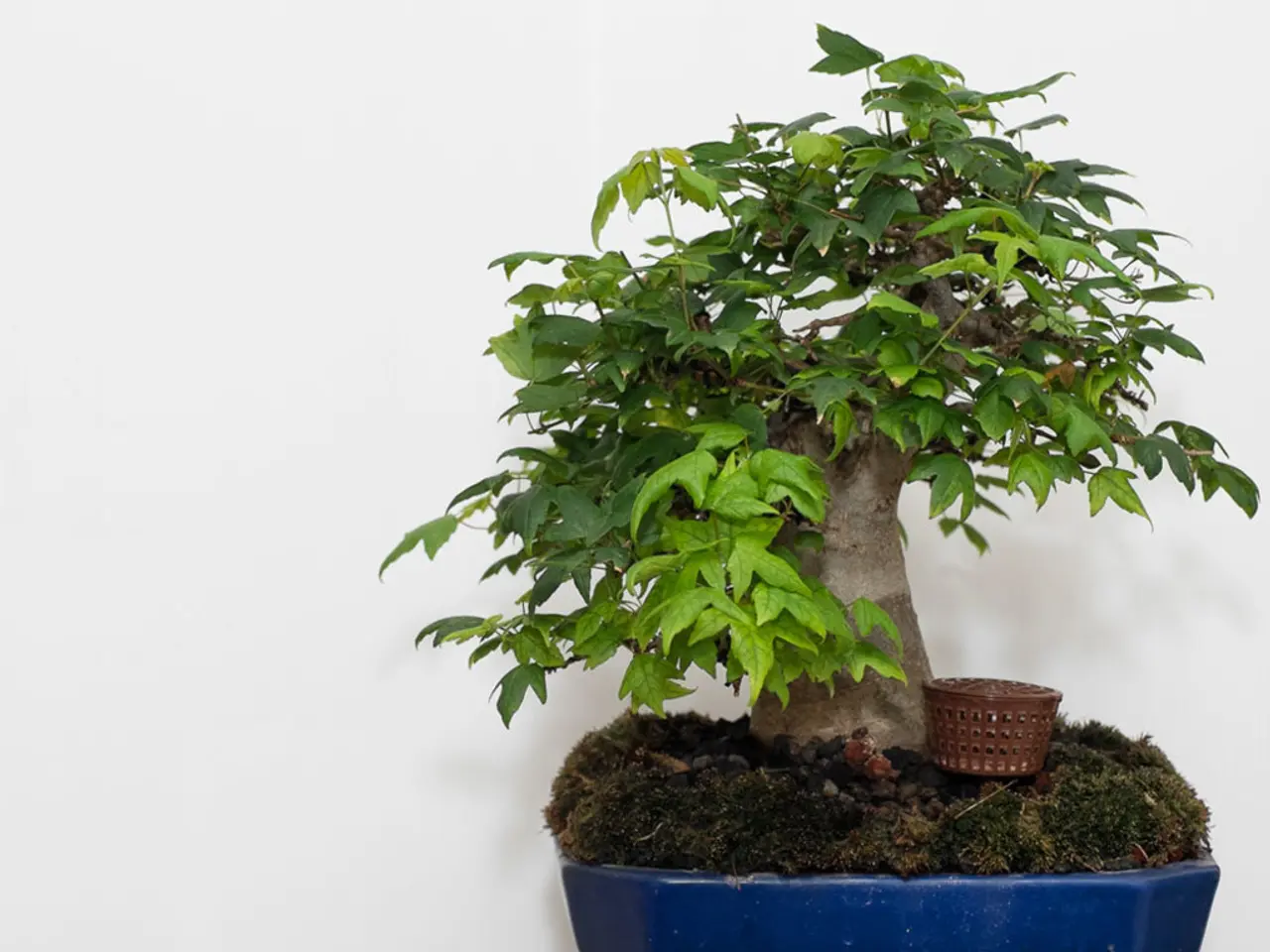Guidelines for Properly Disabling Irrigation System During Winter Season
Gear Up for Winter: Your Ultimate Guide to Shutting Down Your Irrigation System
01 October 2023
Winter's breath is chillin' in the air! That means it's high time to bid adieu to the irrigation season and prep your automatic and smart irrigation system for the coming cold spell. This comprehensive guide will walk you through the essential steps to drain the system, clean solenoid valves, purge with compressed air, and manage different control devices.
Winterizing Your Irrigation System, Step by Step
1. Kill the Water Supply
- Y'all know where the main hose bib is? Get to it and give it a turn to shut off the water supply to your irrigation system. This prevents any more H2O from flooding your system [5].
2. Empty that Irrigation System
- Manual Drain: Find the drain valves positioned at the lowest points in your system. If these are manual valves or have drain caps, open 'em up to let the water outta there.
- Auto Drain: If your system's equipped with automatic drain valves, ensure they're in tip-top shape and ready to work their magic [1][2].
3. Give the Solenoid Valves a Scrub
- Whip out the solenoid from the valve assembly. Give it a good ol' scrub with a soft brush or cloth to clear it of any grime blockin' up the valve ports. Reassemble the solenoid, making sure it's snug and secure.
4. Blast 'em Away with Compressed Air
- Compressed Air Blowout: Grab your air compressor to blow out any lingering water in the pipes. Begin with the zone farthest from the compressor and work your way back 'til all traces of H2O are gone [1][4].
- Safety tip: Double-check the compressor's set to the right pressure for your system, and make sure to rock those safety glasses and gloves when tangle-eting with compressed air.
5. Control Devices, Here's How to Handle'em
- Smart Controllers: Turn off that smart controller, and if it's got batteries, pluck 'em out to prevent any corrosion.
- Sensors and Accessories: Insulate any above-ground components like sensors and backflow preventers to shield 'em from Old Man Winter's freezin' breath [4].
6. Inspect for Leaks and Damage
- Give your system a quick look-see to ensure there are no leaks and all components are snug as a bug in a rug, properly winterized [4].
7. The Final Touches
- Put your removable components in a cozy, protected spot to completely defrost and thaw when springtime arrives.
- Take a gander at your system manual for any specific winterization recommendations tailored to your rig.
With these steps under your belt, you're well-prepared to survive the winter months and maintain your irrigation system in pristine condition until the arrival of spring!
Previous Next Take a peek at the latest technological advancements in irrigation systems!
Contact Us
[1] Irrigation Association: "Winterize Your Irrigation System" [Accessed September 16, 2023] from https://www.irrigation.org/residential/winterize-your-irrigation-system[2] University of Kentucky College of Agriculture, Department of Horticulture: "Preparing Irrigation Systems for Winter" [Accessed September 16, 2023] from https://www.ca.uky.edu/agc/pubs/farm/farm107/Farm107-025.pdf[3] University of Arizona Cooperative Extension: "Cleaning and Maintaining Your Irrigation System" [Accessed September 16, 2023] from https://extension.arizona.edu/sites/extension.arizona.edu/files/pubs/az1263g.pdf[4] University of Minnesota Extension: "Winterize Your Irrigation System" [Accessed September 16, 2023] from https://extension.umn.edu/lawn-garden/winterize-your-irrigation-system[5] Irritrol: "Preparing Your System for Winter" [Accessed September 16, 2023] from https://www.irritrol.com/Support/FAQs-Articles/Preparing-Your-System-for-Winter
As the winter season approaches, it's crucial to prepare your irrigation system to withstand the cold weather. This includes draining the system, cleaning solenoid valves, and using compressed air to remove any remaining water in the pipes.
Moreover, pay attention to your control devices such as smart controllers and sensors, and insulate them to prevent damage. After winterizing, inspect for leaks and damage, and store removable components in a protected spot for the winter. With these steps in place, your home-and-garden irrigation and lifestyle will be ready for the arrival of spring!







